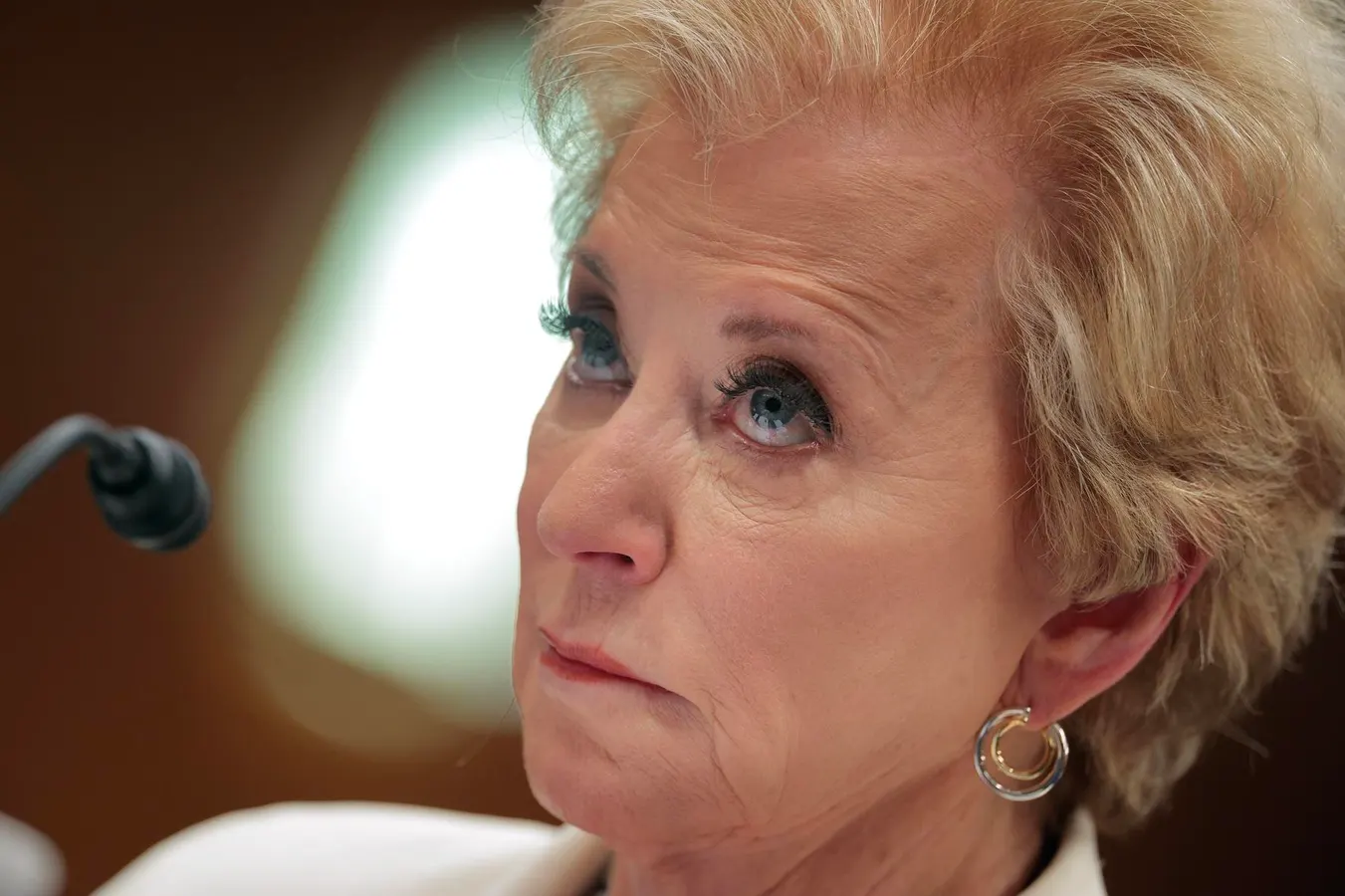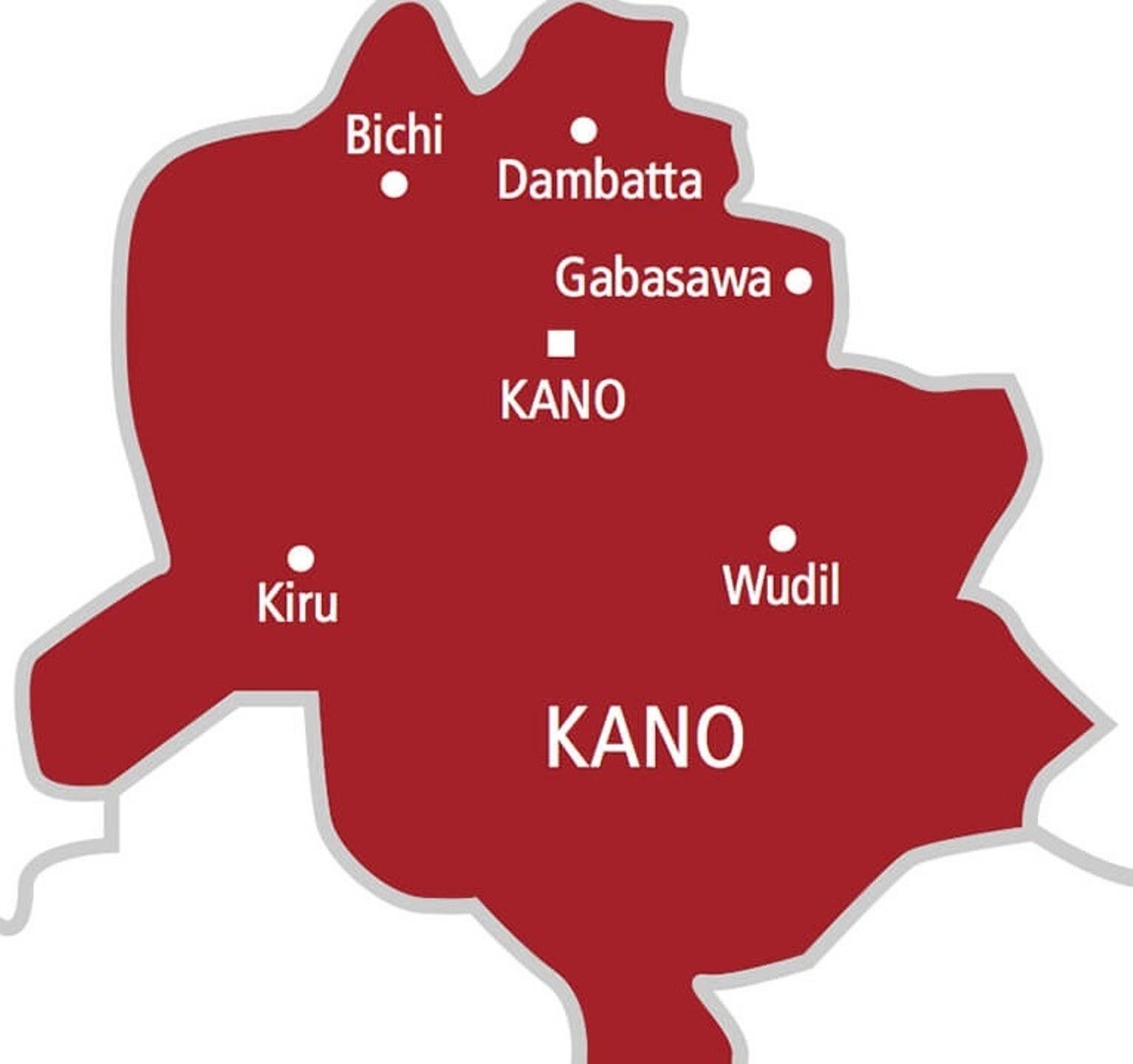Copyright Forbes

Student loan forgiveness news has been a true rollercoaster over the last several weeks, with borrowers across multiple programs getting hit with both good news and bad news. Complicating the landscape is the ongoing government shutdown, which is throwing a wrench into programs that otherwise could be benefiting Americans who have student loans. But the bottom line is that there are several very significant updates for federal student loan forgiveness programs, all of which could collectively impact millions of borrowers. Here’s a breakdown, and what you need to know. IBR Student Loan Forgiveness Is Back The Department of Education has officially resumed processing student loan forgiveness under the Income-Based Repayment, or IBR, plan, following a lengthy pause. IBR is a repayment plan tied to a borrower’s income and family size, and offers loan forgiveness after 20 or 25 years, depending on the disbursement dates of the loans (borrowers who first took out their student loans on or after July 1, 2014 would be eligible for the 20-year term). The department had suspended IBR student loan forgiveness following a legal ruling earlier this year in the ongoing litigation over SAVE, a different income-driven repayment plan created under the Biden-Harris administration. The department had argued that the pause was necessary so that IBR payment counts could be “updated to accurately count months not affected by the court’s injunction,” according to a statement on the department’s website. Advocacy groups didn’t buy that, however, and sued the Trump administration and Education Secretary Linda McMahon over the suspension, arguing that it was unlawful (there was no dispute that no court had ordered the department to stop discharging student loans under IBR). The Trump administration ultimately agreed to resume IBR student loan forgiveness in a court filing last month. But the department had already restarted processing loan forgiveness under IBR before the filing of that agreement, with potentially thousands of borrowers receiving notices in late September that their student loans would be discharged. Those discharges appear to have gone through within the last two weeks. MORE FOR YOU However, with the government shutdown dragging on, it is unclear when a second wave of IBR student loan forgiveness will happen. Typically, the Department of Education must send instructions to loan servicers to discharge a borrower’s student loans. With almost all of the department’s staff furloughed due to the shutdown, it’s not clear that additional IBR discharges are happening at this time. ICR And PAYE Student Loan Forgiveness Is Restarting, But Likely Delayed In a surprising turn of events, as part of the same agreement to restart student loan forgiveness under IBR, the Department of Education also agreed to begin discharging student loans for eligible borrowers under the ICR and PAYE plans, as well. Loan forgiveness under ICR and PAYE had been suspended for more than a year as a result of the ongoing legal challenge over SAVE. The ICR and PAYE plans are also income-driven repayment programs, just like IBR, and traditionally have also offered loan forgiveness after 20 years (for PAYE) or 25 years (for ICR). But unlike IBR, which was independently established by Congress, the ICR and PAYE plans were created via a regulatory process within the Department of Education via statutory authority originally enacted by Congress more than three decades ago. That regulatory process was also used by the department under the Biden-Harris administration to create SAVE. In the court injunction issued last year (and reaffirmed in February), a federal appeals court blocked the SAVE plan, and questioned the legality of student loan forgiveness under the statute that is the basis of ICR and PAYE, as well. The Department of Education interpreted that ruling as blocking the discharge of student loans under all income-driven plans except for IBR. However, critics pointed out that no court had expressly blocked ICR and PAYE loan forgiveness, and that became the subject of a new legal challenge against the Trump administration. Last month, the department agreed to resume processing student loan forgiveness under the ICR and PAYE plans for borrowers who have reached the 25- or 20-year milestone. However, the court only approved that agreement two weeks ago, and it will take time to implement the agreement and restart processing discharges. The ongoing government shutdown will almost certainly further delay that process; notably, the Department of Education’s website has not been updated to reflect the updates associated with this new agreement, and it still indicates that student loans cannot be discharged under ICR or PAYE. One bright spot for borrowers is that under the terms of the recent agreement, the department will treat the borrower’s eligibility date for student loan forgiveness under IBR, ICR, and PAYE as the discharge date, even if the discharge itself doesn’t happen until sometime next year. That’s critical, because discharges of student loans will be treated as taxable income starting in 2026, after congressional Republicans declined to extend expiring tax relief. Student Loan Forgiveness Under PSLF Is Proceeding, With Caveats Student loan forgiveness under the PSLF program appears to be proceeding, despite the government shutdown. PSLF, or Public Service Loan Forgiveness, discharges the student loans for borrowers after as little as 10 years in repayment if they work full-time for qualifying nonprofit or government employers. However, processing of PSLF Buyback requests have likely stalled due to the shutdown. PSLF Buyback is a fairly new option that gives borrowers who lost loan forgiveness credit due to a deferment or forbearance the opportunity to apply and make a lump-sum payment covering the non-qualifying period so that it can count. The Department of Education was already contending with a large and growing application backlog. More than 70,000 PSLF Buyback applications were outstanding as of this summer, with some borrowers having been in the queue for more than a year. It is unlikely that any PSLF Buyback applications are being processed during the government shutdown, but borrowers are almost certainly still applying. That means that when the government eventually reopens, the PSLF Buyback application backlog will almost certainly be much larger. In the meantime, a diverse array of nonprofit organizations, labor unions, and Democratic-led state and city governments have filed multiple legal challenges against the Trump administration over proposed rules to limit student loan forgiveness under PSLF based on an employer’s activities. The challengers are seeking to block those rules before they go into effect. There’s nothing borrowers can do at this time, but as it stands, no employer is currently cut off from student loan forgiveness under PSLF pursuant to those proposed new regulations. The fate of the administration’s proposals will likely be decided by the courts. Student Loan Forgiveness Under Other Programs Facing Delays



